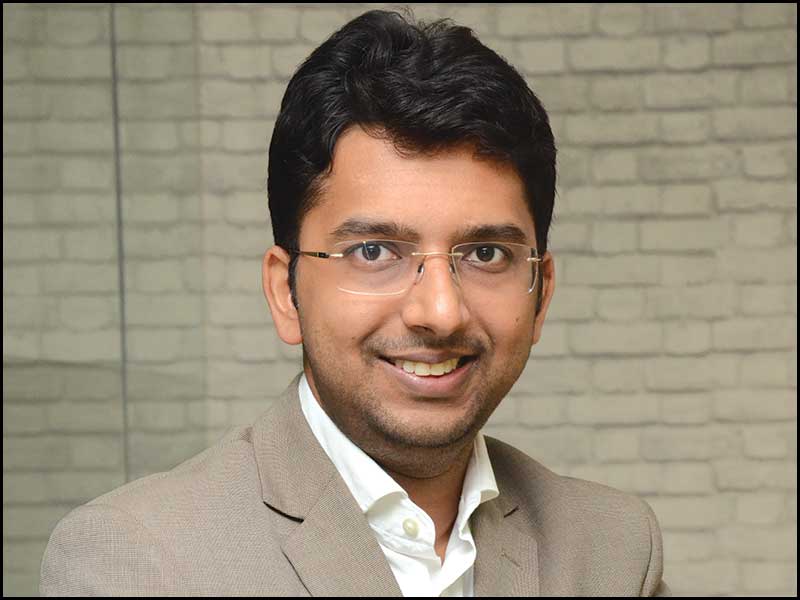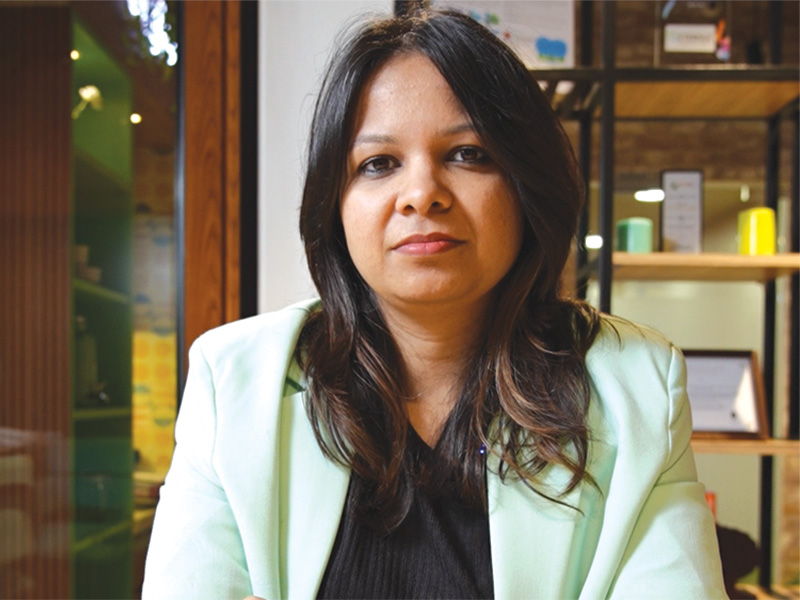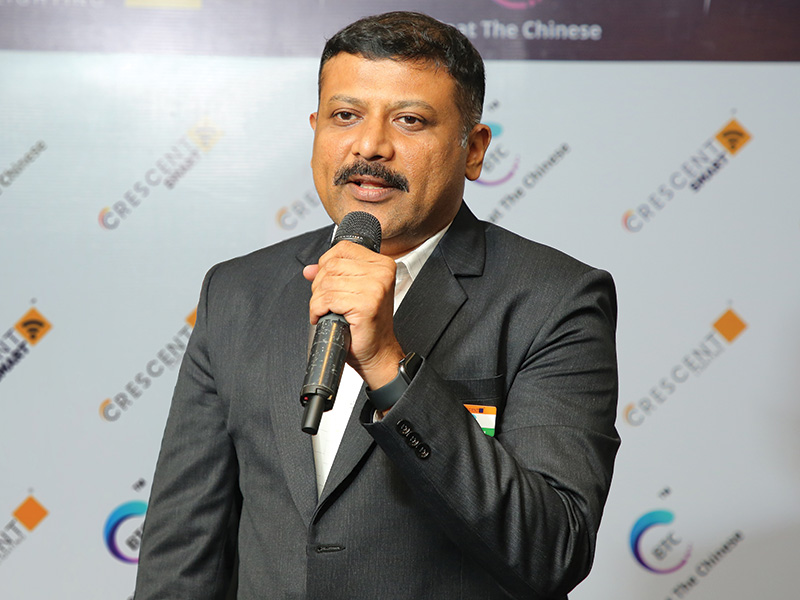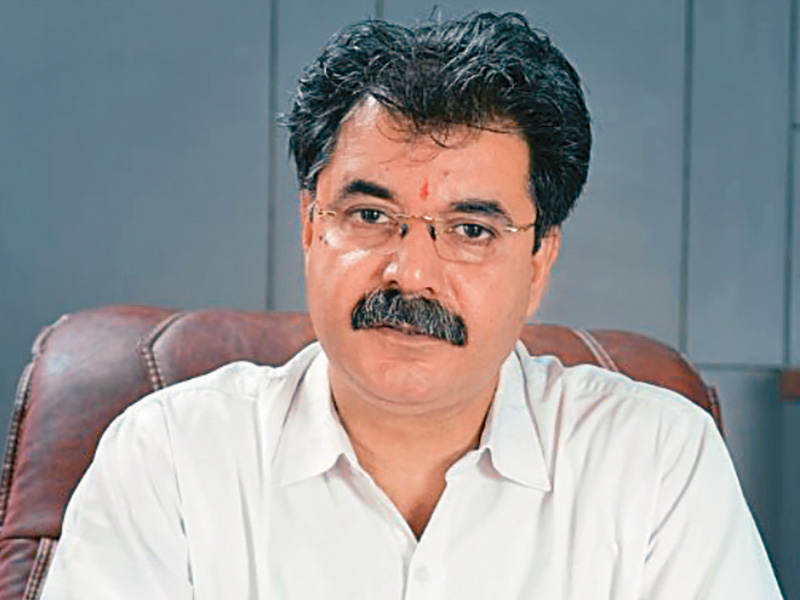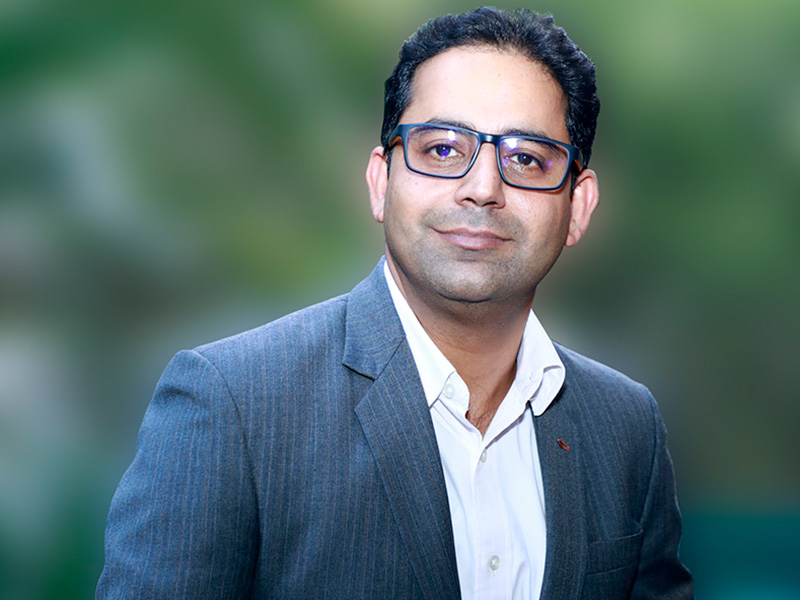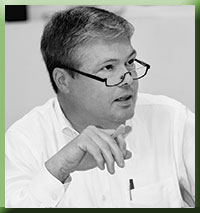
"We believe in directing our energies towards an environmental architecture, born of human needs and responding to vital physical, social, and economic circumstances. While sustainability has become an industry buzzword, we have always embraced it as a responsibility. We take a forward-thinking approach as we strive to create buildings that are state-of-the-art for their time, smartly designed for the long-term to be energy efficient and economical to operate and maintain. Moreover, also by weaving sensory experiences into the built environment, we create spaces that are innately appealing to human beings, across all cultures," says Walter E. Miller, Principal and Design Director, John Portman & Associates in an interview with Maria R.
What architecture means to you and things/incidents that inspired you to study/practice architecture?
From a very early age, I was captivated by the process of building, taking many smaller pieces and combining them into something much greater. This was true both in playing with blocks as a child and also in watching my father build houses and other buildings in our small rural community.
While still a college student, I had the opportunity to travel and study abroad which provided a unique perspective on architecture and its role in society. Exploring the cultural character of societies in built form has held an enduring fascination. The world view of architecture that I have gained through life focuses not only on what makes each culture different, but also equally on those aspects which are similar and bind humanity together.
What do you think should be the role of architects in our society?
Following the same train of thought, a quote from John Portman, our Founder seems particularly appropriate: "Architects have a responsibility to society to direct growth in a way that is conducive to productive life. The environment must be spiritual as well as physical. It must be an environment dedicated to the dignity of man and his greatest ideals. Many can build, but only dedicated architects can breathe life and spirit into a place. The architect must go beyond the mere technical and fundamental aspects of building and create living architecture. That is how architects truly live up to their promise."
Do you have any particular role model in the architectural and technological industries who has inspired you most?
There have been, of course, many personal influences through my early years, but John Portman is the architect that I've worked most closely with for more than 25 years now. He has mentored me and he continues to inspire me with his insatiable love of building and learning. I'm very proud to be carrying forward his unique design philosophy in the firm's most recent projects.
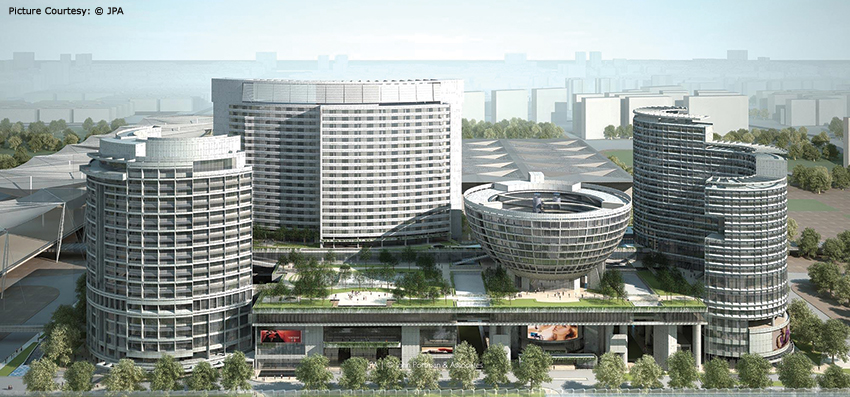
Tell us in brief about your firm John Portman & Associates, its global operations and journey so far.
An internationally renowned architectural design firm founded in 1953, John Portman & Associates is headquartered in Atlanta and also has an office in Shanghai, China. The firm has been working in China for over 30 years, and designed many of the country's most recognizable tall towers, including Tomorrow Square in Shanghai and Yintai Centre in Beijing. Today, projects designed by John Portman & Associates can be found in over 60 cities around the world. The firm is known for designing buildings that deliver a memorable experience for those who use them and offer a sound investment for those who own and operate them.
What is your Firm's design philosophy and area of focus?
Our design philosophy is focused on designing for people. We strive to improve the human condition through the thoughtful design of the built environment. We aim to accomplish that by appealing to the five senses. The human being experiences the environment through the five senses. By weaving sensory experiences into the built environment, we create spaces that are innately appealing to human beings, across all cultures.
Why do you think workplace design is so vital?
The average person spends more waking hours at work than anyplace else. Enhancing the workplace through design creates a happier, more productive workforce. It begins, as all design does, with the question, "How can this design best serve the people who will use it?"
What does sustainable architecture mean to you and how have you been successfully incorporating sustainability into your designs?
We believe in directing our energies toward an environmental architecture, born of human needs and responding to vital physical, social, and economic circumstances. While sustainability has become an industry buzzword, we have always embraced it as a responsibility. A healthy environment is intrinsically valuable and essential to a healthy society. Through the design of the built environment, we have the opportunity to positively impact the natural environment and enhance the quality of human life. Because our firm's Founder, John Portman, is a developer as well as an architect our designs have been informed by an owner's sensitivity to operating costs. We take a forward-thinking approach as we strive to create buildings that are state-of-the-art for their time, smartly designed for the long-term to be energy efficient and economical to operate and maintain. Many of the practices we employed years ago while designing for the long-term have become recognized as sustainable design practices today.
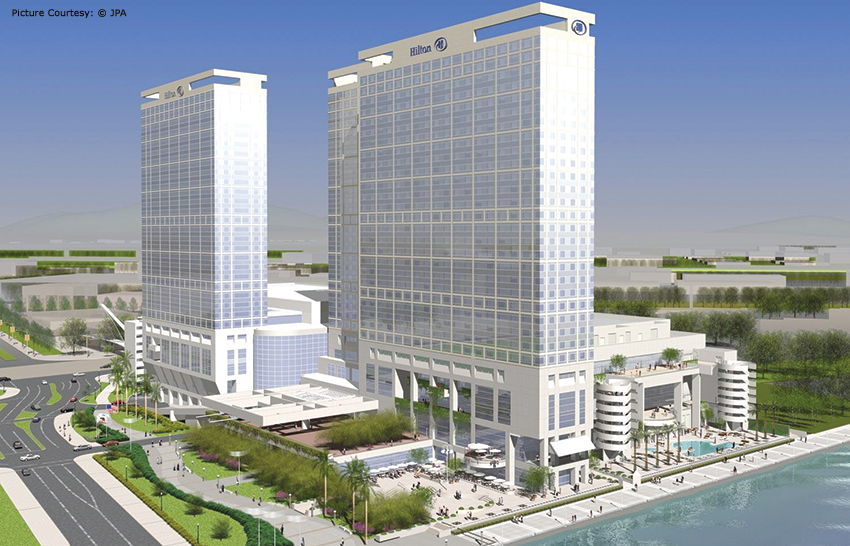
Since how long you are providing your service in India? What are the projects designed by you or your firm in India?
John Portman & Associates has been involved with projects in India since the mid-1990s. We have deep respect for India's rich heritage.
In our Indian School of Business (ISB) project, in Hyderabad, we were tasked with applying state of the art management techniques to an Indian context to create facilities of international standards, and to employ a judicious mix of indigenous and imported materials. The master plan for the new campus is inspired by the traditional nine-grid system found in Hindu Temples of India. In the design of the individual buildings, many elements of traditional Mughal architecture are given a modern interpretation.
Much of Taj Wellington Mews, a luxury residential project in Mumbai, is based upon the architectural principle of the golden section ratio of proportioning. Special proportioning attention is paid to the rooftop where three rings of equal size are separated vertically based upon the golden section. The top ring visually connects with the bottom two to form a unified composition. The innovative use of curvilinear ring beams also helps meet the functional requirement of screening Mumbai's hot summer sun. The design deftly juxtaposes the rings in such a manner as to provide the illusion of curves and layers without obstructing views to the exquisite surroundings.
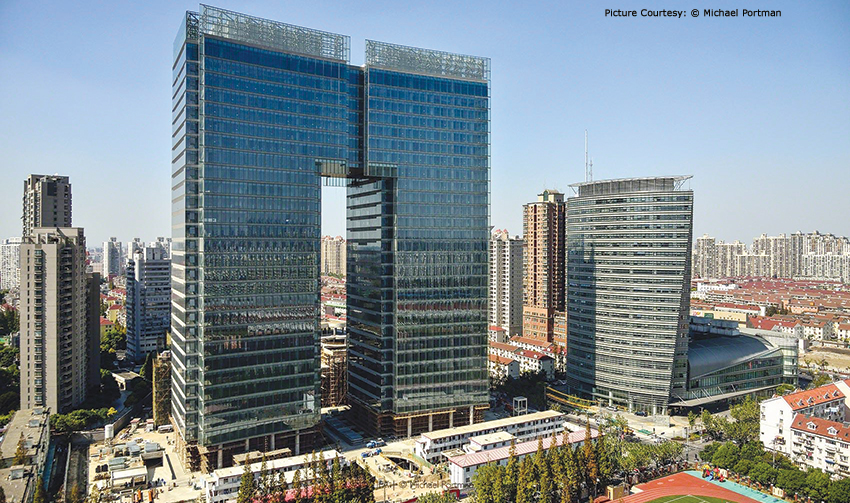
We also designed TVH Entelechy Residences project in Chennai and also the Park Hyatt Hyderabad, a project that includes a hotel, serviced apartments, a spa and fitness center, as well as conference and event facilities.
Please shed lights on some of your unique and most recognized projects. Also elaborate on the recognitions/awards received by your firm.
From the firm's beginning, John Portman & Associates has received recognition. Firm Founder, John Portman, pioneered the role of architect as developer. The Hyatt Regency Atlanta, the firm's first hotel project, featured the first modern atrium and went on to not only change the history of hotel design, but it also launched Hyatt Hotels as a major hospitality brand. Most recently, the firm's design for the Waldorf Astoria Shanghai on the Bund won the 2013 HA+D (Hospitality Architecture and Design) Award for Design Excellence in the Refurbishment, Re-Use and Renovation category. The project preserves and updates the former Shanghai Club at historic No. 2 Bund. Luxury amenities return the building to its original glory, while transforming it into sumptuous suites and grand public spaces for the new Waldorf Astoria Shanghai on the Bund. Behind the restored Shanghai Club, a new tower was sensitively added that features three levels of public spaces in addition to 20 floors of luxury guestrooms. A courtyard links the two buildings, reminiscent of the famed "meet-me-at-the-corridor" walkway that joins the two towers of the Waldorf Astoria brand icon - the Waldorf Astoria New York.
In India, the Park Hyatt Hyderabad has won numerous awards, most recently the "Best New Luxury Hotel in the Country" at the World Luxury Hotel Awards 2013.
In addition to hotel design, the firm is perhaps best known for the design of urban mixed use projects that have had a catalytic effect on the area surrounding them – such as Embarcadero Center in San Francisco and Peachtree Center in Atlanta, as well as Shanghai Center and Beijing Yintai Center in China.
"Architects have a responsibility to society to direct growth in a way that is conducive to productive life. Many can build, but only dedicated architects can breathe life and spirit into a place. The architect must go beyond the mere technical and fundamental aspects of building and create living architecture. That is how architects truly live up to their promise," John Portman, Founder, John Portman & Associates






